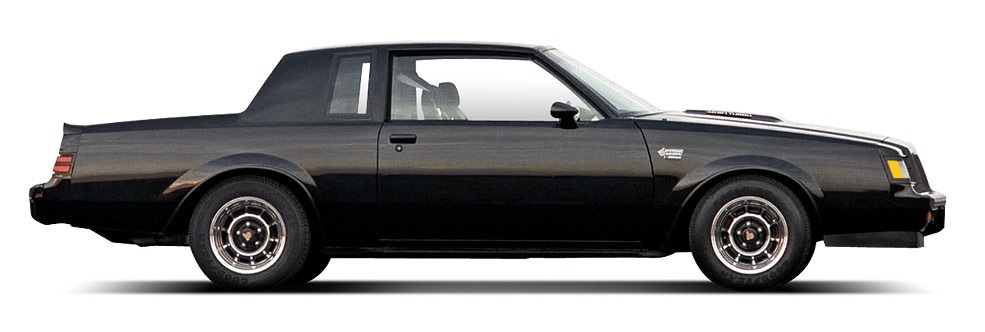The primary cause of coolant hose failure as an electrochemical attack on the rubber tube compound in the hose.


The phenomenon is known as electrochemical degradation, or ECD. It occurs because the hose, liquid coolant and the engine/ radiator fittings form a galvanic cell or “battery”. This chemical reaction causes micro-cracks in the hose tube, allowing the coolant to attack and weaken the hose reinforcement. Failure results from a pinhole leak or a burst hose. The best way to check a coolant hose for the effects of ECD is to squeeze the hose near the clamps or connectors. Check for any difference in the feel between the middle and ends of the hose. If the ends are soft and feel mushy, chances are the hose is under attack by ECD. To avoid breakdowns, the hose should be replaced immediately with an ECD-resistant hose. Also, if it’s been four years since the last time the coolant hoses were changed, they should be replaced.
This occurs on the inside walls of the hose, which often goes unsuspected by the vehicle owner. Take a look at the photo here which is of a hose cut open, so that you can see the inner walls of the hose that has been subject to ECD.
How to determine if your aftermarket hose has been subject to ECD
IAppearance: The hose feels soft or spongy to the touch. Bulges and swelling are readily apparent.
Cause: Oil reacts chemically with the hose compounds and weakens the molecular bonds. This causes the hose to soften, swell and separate, layer by layer, leading to failure.
Solution: Replace the hose with a correct Electrochemical RESISTANT hose.


